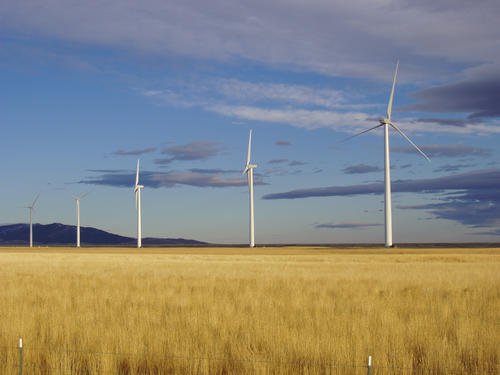Montana Wind Generates More Power When The Region Needs It, But Can We Get It?
- August 17, 2016
- John Ollis

There’s been a lot of excitement about Montana wind generation in the power industry recently. Montana wind tends to be stronger and blows more often than Columbia Gorge wind.
But, of the nearly 8,700 megawatts of wind generation in the region, under 700 megawatts are in Montana and just over 5,700 megawatts of wind power is sited in the Columbia Gorge. If Montana’s wind resource is so promising, why isn’t there more?
Where you site a wind plant matters
To keep the lights on, the power system must match electricity demand with supply moment to moment. So wind generation that can meet peak demand tends to be more valuable. Natural gas, coal, nuclear and, to some extent, hydro power can be scheduled and stored and used when needed. Since wind can’t be scheduled to exactly align with electricity demand, locating it in a place where the wind blows at around the right time is crucial.
Electricity use peaks in the Pacific Northwest during the late morning and early evening hours in winter. Preliminary analysis shows that Montana wind generation is a much better match with our winter peak demand than Columbia Gorge wind generation. Comparing a wind plant of the same size in both places, the Montana wind plant will usually generate more than a Columbia Gorge wind plant.
More power at the right time seems like a good deal. Why build in the Gorge versus Montana?
Transmission drives wind development
A resource needs transmission to be useful. The main wind corridor of Montana has several transmission lines going west to Seattle, Spokane, Boise, and Portland, but they’re currently reserved for other power sources. By comparison, Gorge wind generation is close to the high capacity transmission lines built for Columbia River dams. These existing lines had available space, which enabled the rapid expansion of Columbia Gorge wind.
Building more transmission is a difficult prospect, both economically and politically. So, unless space opens up on existing transmission lines or we build more lines, Montana’s vast wind potential will remain mostly untapped.
Related:
Study Says Montana Wind Energy Potential Tops Columbia River Gorge



